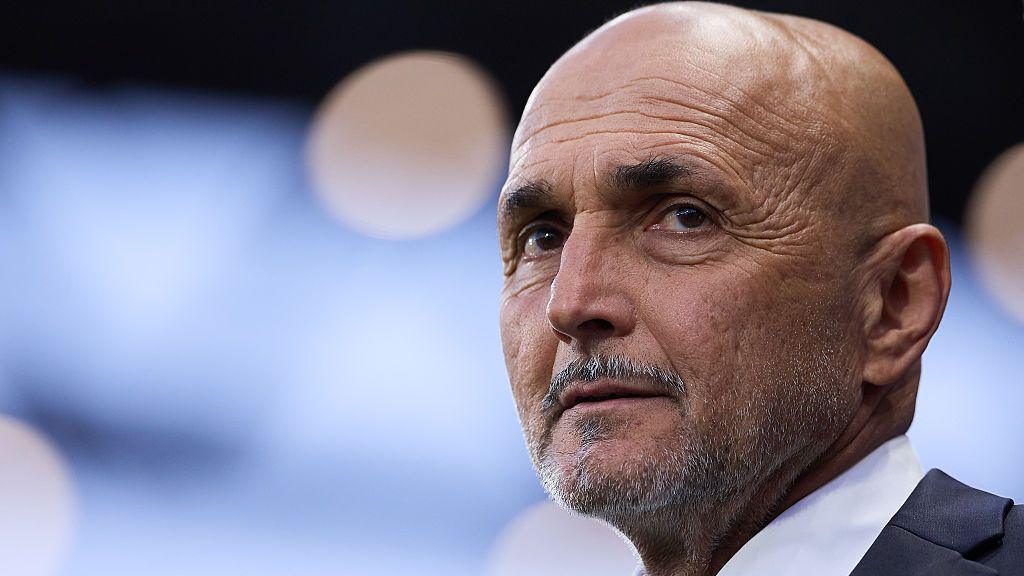After an embarrassing defeat by Norway on Friday night in their opening World Cup qualifier, Italy are once again called upon to build on their ruins.
Having failed to qualify for Russia 2018 and Qatar 2022, the threat of missing out on a third consecutive World Cup led to the sacking of manager Luciano Spalletti.
Spalletti, hailed as the saviour when appointed in August 2023, paid the price as he announced his own sacking in the aftermath.
Ranieri rules himself out of the running
Is it really possible that a nation like Italy, winners of four World Cups, can fail to qualify for a third consecutive tournament?
Italians asked the same question on the eve of the past two World Cup play-offs, lost in shocking fashion to Sweden and Macedonia respectively.
The 3-0 defeat to Norway has severely compromised the Azzurri hopes of finishing their group on top spot.
Despite a win against Moldova – placed number 154 in the Fifa Ranking – Italy are behind Norway, who lead Group I with nine more points than the Azzurri and a significantly superior goal difference.
With four wins out of four, Norway have played two more games than Italy. But the Azzurri now believe they need to win their next five games – boosting their goal difference in the process – before a must-win home match against Norway in November.
With just the top team automatically qualifying, Italy do not want to rely on another play-off.
The man to lead them? It won’t be Claudio Ranieri, after ‘the Tinkerman’ – who performed numerous miracles in his career – was immediately approached by the Italian Football Association.
The 73-year-old has declined the offer and decided to concentrate on his Roma activities after a successful spell as temporary boss last season. He has taken up an executive role at the club above new coach Gian Piero Gasperini.
Stefano Pioli, currently in Saudi Arabia at Al-Nassr and previously manager at the likes of Lazio and Inter Milan, is the frontrunner to be Spalletti’s potential successor.
“Qualifying for the next World Cup is simply necessary,” said Marco Nosotti, Sky Italia journalist.
What went wrong for ‘saviour’ Spalletti?
Monday’s win against Moldova took place in a surreal atmosphere; on the bench sat a coach who had already been officially dismissed 48 hours before kick-off.
When Spalletti was appointed almost two years ago, he was at the peak of his career – fresh off winning the Scudetto with Napoli – while Italy had just been abandoned by Saudi Arabia-bound Roberto Mancini, who had given them a European title but also missed out on Qatar 2022.
So what went wrong?
Spalletti’s tenure ends after 24 games, with 12 wins and six defeats, a disastrous European Championship last summer, a promising Nations League group stage and a thunderous fall in Norway.
Having enjoyed success with a 3-5-2 system, it was as though the team had gone back a year to the miserable defeat to Switzerland in the last 16 of the Euros.
Questions remain why he prepared all week with a 3-4-2-1 formation before switching back to 3-5-2 in the pre-Norway meeting.
“After Euro 2024, Spalletti acknowledged he had tried to convey too many ideas to the players, ending up creating pressure and confusion,” Nosotti told the BBC.
“So he simplified things and went back to a three-man defence, a popular solution for many of the players in his squad.
“Mateo Retegui and Moise Kean were central forwards functional to his game, and he built his team around the Inter (Milan) group of players, who regularly play a 3-5-2 formation at club level too.
“Results were immediate, with victories in Paris and Brussels in the Nations League as a result of entertaining football.
“He again abandoned the path before Norway that gave him the most confidence. Certainly not only the coach is to blame; players at his disposal are what they are, but he could have understood that time was not enough to coach them the way he wants to.”
Nosotti added: “With Mancini, the national team took a step forward. His was a team without prima donnas.
‘A generational and methodological problem’
Italian football has structural biases, which have been preventing the growth of the entire movement for years.
Only 34-36% of Serie A players are Italian, limiting the national team’s choice; although some are now playing abroad and developing into modern players with knowledge and quality.
For many years, the national youth teams have worked much more on the physical and tactical aspects of the game rather than on individual technique, unlike other nations such as Spain, France and Germany.
However, things are slowly changing at Coverciano, the Azzurri’s training centre on the outskirts of Florence.
Under the guidance of national youth team coordinator Maurizio Viscidi, Italy are trying to analyse results differently and teach a new way of being and acting on the pitch.
In recent years, the youth national teams have won European titles at Under-17 and Under-19 level, and finished runners-up in the Under-20 World Cup.
Ultimately though, these same youngsters are often not allowed to gain experience in their respective first teams, or in case they are, the main requested focus is on tactics and safety.
“It is not only a generational problem, but also a methodological one,” said former AC Milan boss Fabio Capello.
Related topics
- Italy
- European Football
- Football
- FIFA World Cup
Source: BBC

Leave a Reply